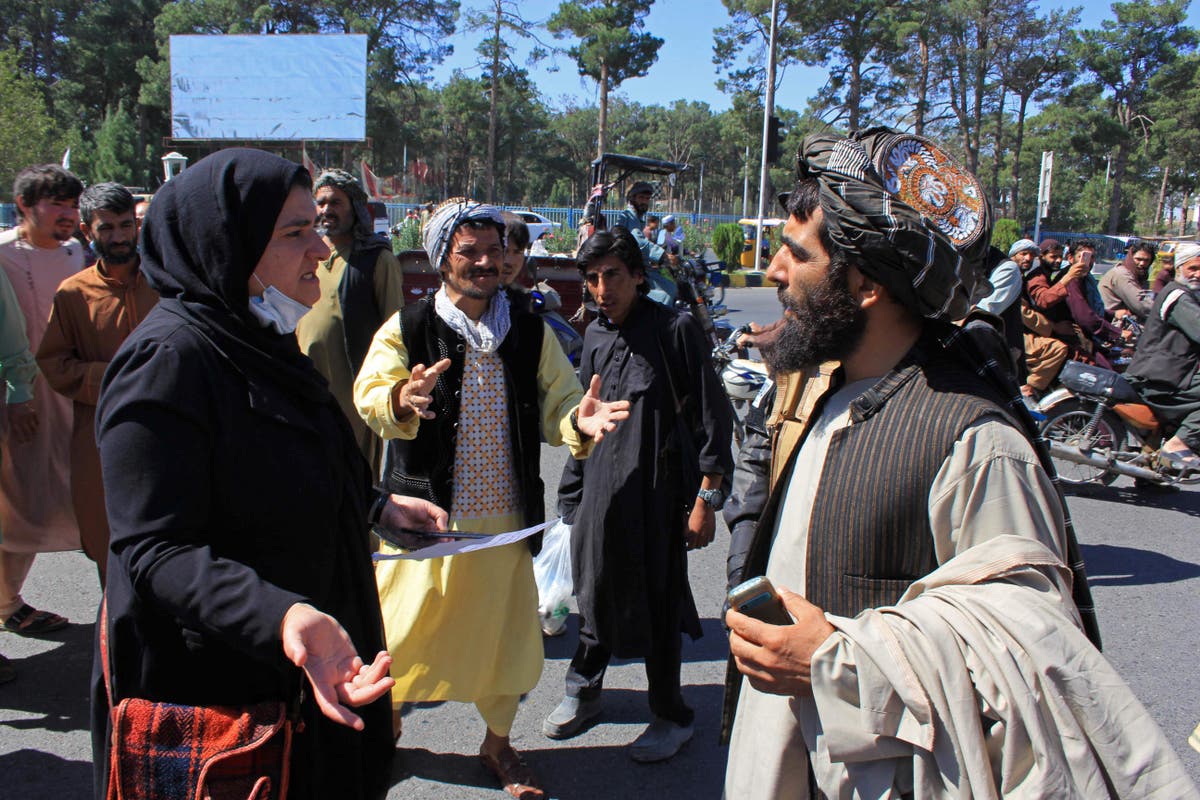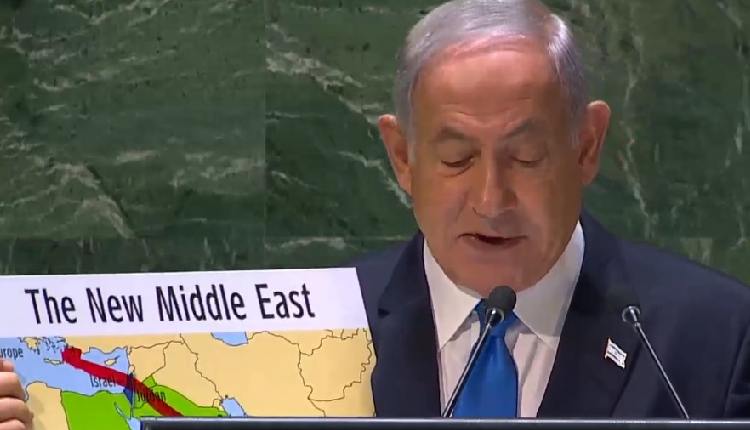
An ill-judged attempt to find out who is to blame for failing to predict the swift victory of the Taliban and the disintegration of Afghan government forces is masking the most significant strategic lessons of the Afghan war.
Turning points in history usually come by surprise because, if the powers-that-be of the day could see those turning points coming at them, they would take steps to avoid them. Governments and the public like to believe that there is more inevitability in history than there really is. Unexpected events of great significance, such as the fall of France in 1940, the overthrow of the Shah in 1979 and the collapse of the Soviet Union in 1991 were followed by inquiries into why experts did not foresee them.
These investigations dig down deep in search of root causes of historic change and always find them. But, as Lord Northcliffe said, one “should never lose one’s sense of the superficial”. Key ingredients in important historic developments may be decisions and actions occurring that could easily have gone the other way. For instance, there were long-standing reasons for Saddam Hussein to invade Kuwait in 1990, but none of these would have mattered if the Iraqi leader had changed his mind at the last minute.
I argued for a decade that the Afghan government was a floating wreck and that it was its unpopularity and fragility, and not the strength of the Taliban, that was the driving force of events. Yet, unsatisfactory though this situation was, it could have gone on for a long time had not Donald Trump signed an extraordinarily one-sided US withdrawal agreement with the Taliban in February 2020. And even this might not have produced the final debacle, had Joe Biden not decided for domestic political motives to grandstand in his speech on 14 April this year confirming the American departure before the 9/11 anniversary.
He said correctly that the Afghan regime provided too rotten a branch for the US to sit on forever – and then decided to jump up and down on the very same branch and not expect it to snap. The details of just how everything fell apart on the night, and how this could have been avoided, is being venomously debated, but a far more important lesson is that the American way of war is dysfunctional and automatically generates failure.
Claims that the US might have prevented the return of the Taliban, if it had not been diverted by the Iraq war, or devoted too much time to “nation building” in Afghanistan, should be dismissed as the self-regarding nonsense that it is. Between 2001 and 2021, US administrations invariably acted in their own domestic political interests when it came to Afghanistan, these interests seldom coinciding with those of ordinary Afghans.
A curious fact is that the US had won the war by the early months of 2002, at which time the US-backed forces had overthrown the Taliban and al-Qaeda had left the country for Pakistan. But the White House continued the “war on terror” even in the absence of terrorists because of its strong appeal as a slogan and a policy to a US public badly bruised by the shock of 9/11. US forces brought back and supported old warlords, whose blood-soaked banditry between 1992 and 1996 had given birth to the Taliban by way of reaction. Big and small-time Afghan-style mafiosi used American support to win power and money, often denouncing their rivals as secret Taliban and al-Qaeda supporters.
How this process discredited the anti-Taliban forces and produced the Taliban’s return is explained in Anand Gopal’s brilliant and detailed book, No Good Men Among the Living: America, the Taliban and the War through Afghan Eyes. Based on copious interviewing, it convincingly describes how US military intervention first helped get rid of the Taliban but then replaced them with predatory local bosses who denounced as “terrorists” anybody who stood in their way.
Many in impoverished Pashtun southern Afghanistan, once the heartland of the Taliban, were glad to see the back of them, hoping that US intervention meant democratic elections and economic aid. Disillusionment began early when non-political or anti-Taliban farmers were whisked off to mistreatment and confinement in Bagram airport and Guantanamo. Among many examples, Gopal relates how in one area, “US forces assaulted the school and the governor’s house in January 2002, wiping out most of the district’s pro-US leadership in a single night.”
Such “mistakes” were integral to the way in which the US helped rejuvenate the Taliban over two decades by using assault teams to stage night raids and airpower at all times, their targets often chosen by faulty and partisan intelligence.
I was in Herat in western Afghanistan in 2014 writing about three villages in Farrar province bombed by the US air force, which had killed 117 villagers, 61 of them children, after the local police had called in an airstrike. Though there were cavernous bomb craters 15 feet deep, a US spokesperson initially claimed that the slaughter had been caused by Taliban tossing grenades into houses.
These atrocities grew worse in recent years as the US withdrew its ground troops and relied more on “night raids”, often carried out by US-organised Afghan assault units that were effectively death squads. The number of US troops might drop, but not the quantity of bombs and missiles being used.
Predictably, the motives for young men joining the Taliban in recent years were two-fold according to local reports and they had nothing to do with fundamentalist Islam. Fighters said that they had joined up because of the killing or injuring of civilians by airstrikes and night raids, and because of US backing for tribes and ethnic groups hostile to them.
The bottom line is that at vast expense – the figure ranges between $1 trillion and $2.3 trillion over 20 years, depending on how it is calculated – Washington has devised a method of fighting wars that makes sure they will never end. US airpower may have killed many Taliban, but it has recruited many more.
The US kept its own military casualties down by using drones and airstrikes whose targeting relied on difficult-to-interpret satellite images and dubious local informants. Appropriately, one of the last direct military actions by the US at Kabul airport was a drone strike aimed at suicide bombers, which killed 10 civilians including seven children.







